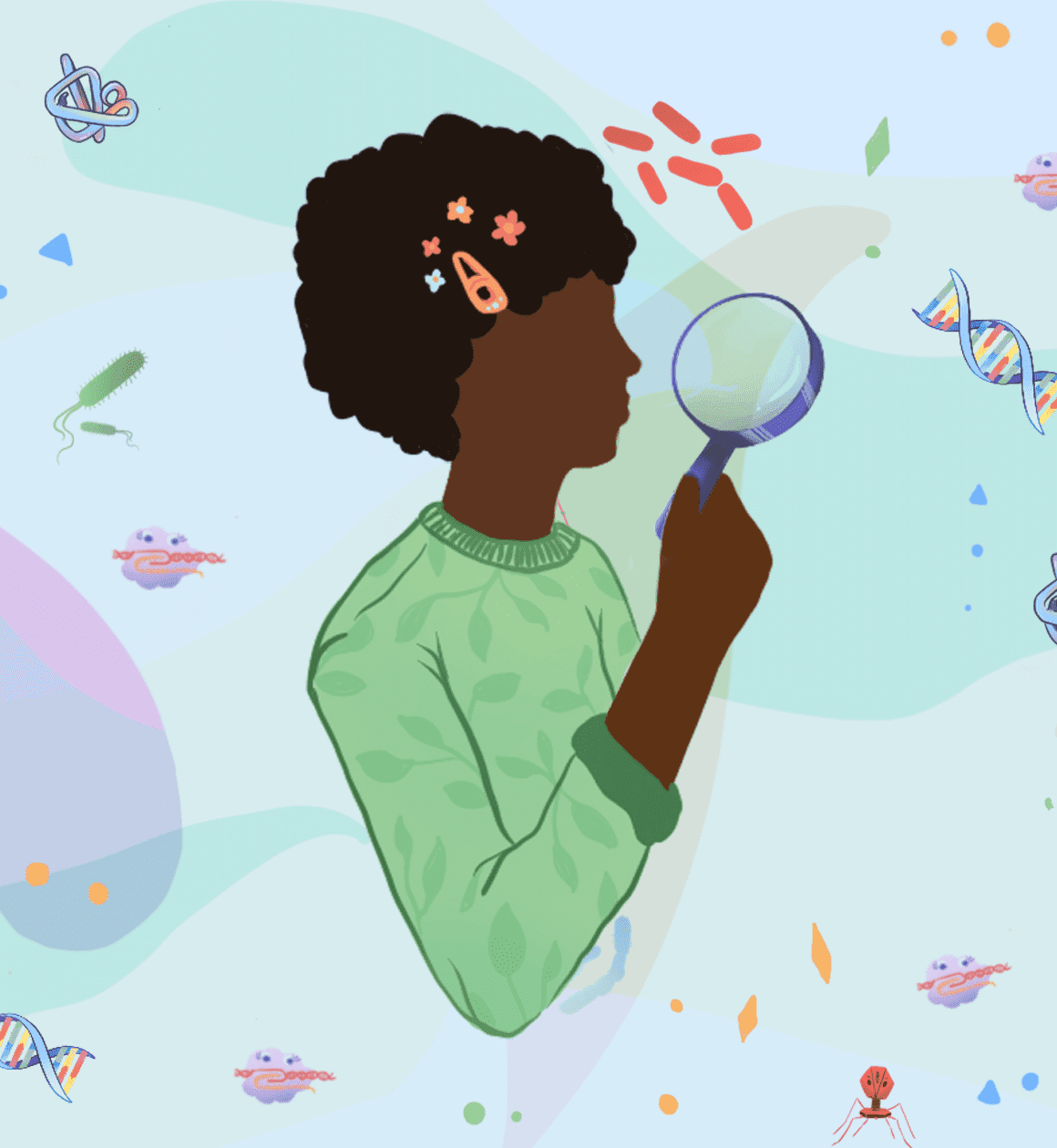How do we study the world around us?
In this section of CRISPR Made Simple, learn the basics of science and biology.
-
Key Takeaways
Science and biology are ways of studying the world around us. Living things are organisms, and cells are the building blocks of organisms. Science can be done anywhere, but is often done in labs with special equipment.
-
Vocabulary
Science, biology, organism, cell, lab, data
What is science?
Science is studying the world around you — the sky and clouds, the sun and moon, soil and rocks, tall trees and tiny mosses, and all the animals, big and small. Scientists observe our natural world closely. They find the natural rules for how the world works. Sometimes they make guesses about how things work based on what they see. Then they find ways to test their guesses. These tests are scientific experiments! If you like learning about the world around you and figuring out how things work, congrats! You are on your way to becoming a scientist.
What is biology?
Biology comes from Greek words meaning “the study of life.” Biologists study how living beings grow, work, and get along with each other. Living things are called organisms. Some organisms are so tiny that you need a microscope to see them. Others you can see with your naked eyes. And some are so big that you can't even see the whole thing at once.
Big and small organisms are made out of cells. Cells are the building blocks that make organisms.
Some organisms, like some types of plankton, are made of just one cell. Others are made of many cells. Bowhead whales are made of 37,000,000,000,000,000 (that’s 37 quadrillion) cells! Cells are made of proteins, water, sugars, and fats.
Biologists usually do experiments in research labs. In labs, biologists often work with chemists, physicists, and all kinds of other scientists. Together, they try to understand how things work! But biology is also part of everyday life. Everyday biology includes:
- Listening to the songs of different birds at the park
- Noticing that your dog sheds lots of fur in the summer and gets fluffy again in the winter
- Watching pizza dough rise
You can learn a lot just by paying close attention and using your senses!
What is a lab?
A laboratory, or lab, is where scientists do experiments using special pieces of equipment. This might include:
- Microscopes
- Petri dishes for growing cells
- Pipettes for measuring liquids
- Special super-cold freezers (-80 Celsius/-112 Fahrenheit!)
- A “shaker” for growing bacteria
Experiments are a major way that scientists collect data. Data is the information scientists learn from observations and experiments.
Labs are designed to make it safe to work with chemicals, germs, and science equipment. Scientists also wear protective gear to stay safe in the lab.
Think about it!
Things you can try at home
Illustration use and attribution
The illustrations for CRISPR Made Simple are licensed under a Creative Commons Attribution-NonCommercial-ShareAlike 4.0 International License, and can be used and adapted for non-commercial, educational purposes. ALL modifications and uses must follow the CC BY-NC-SA 4.0 license.

